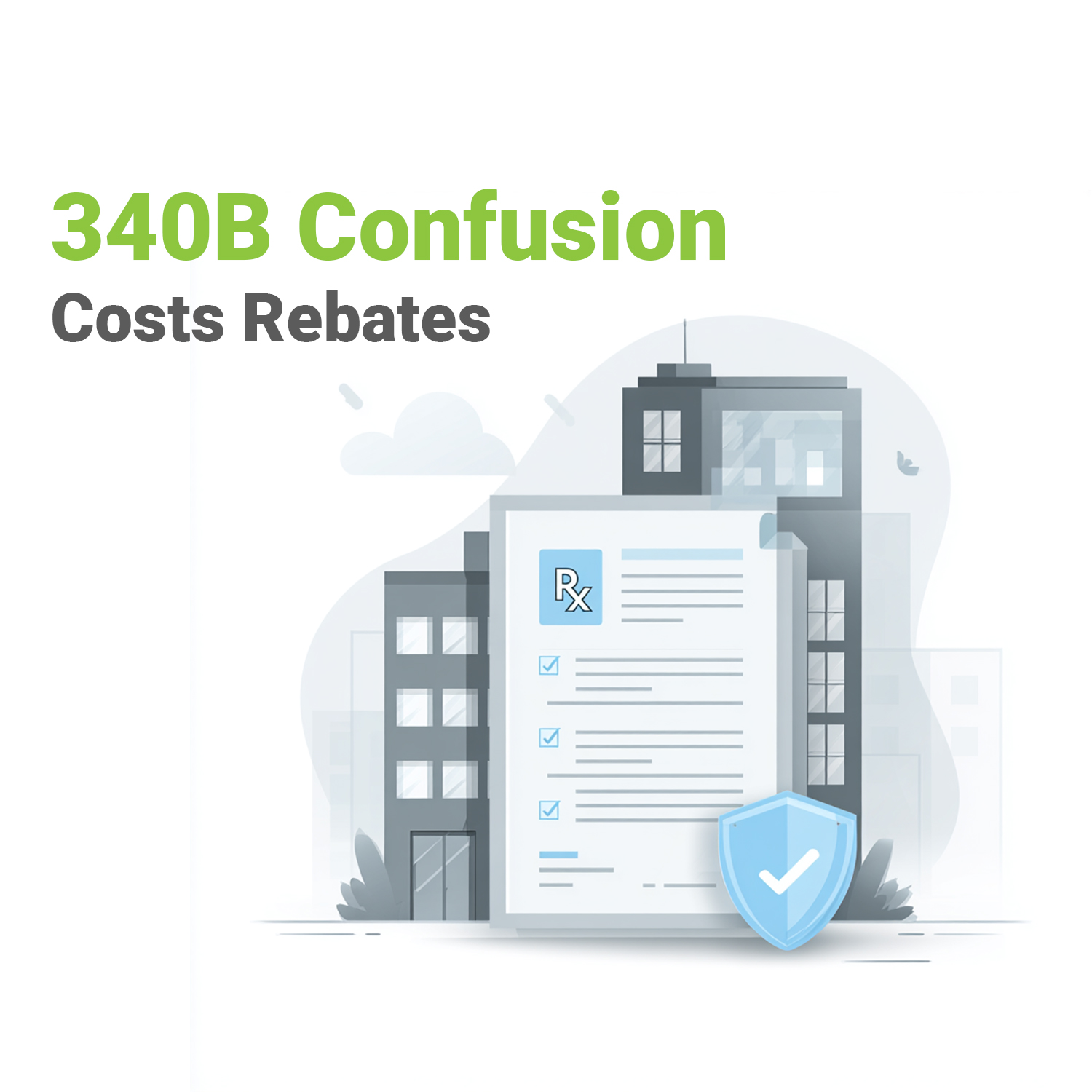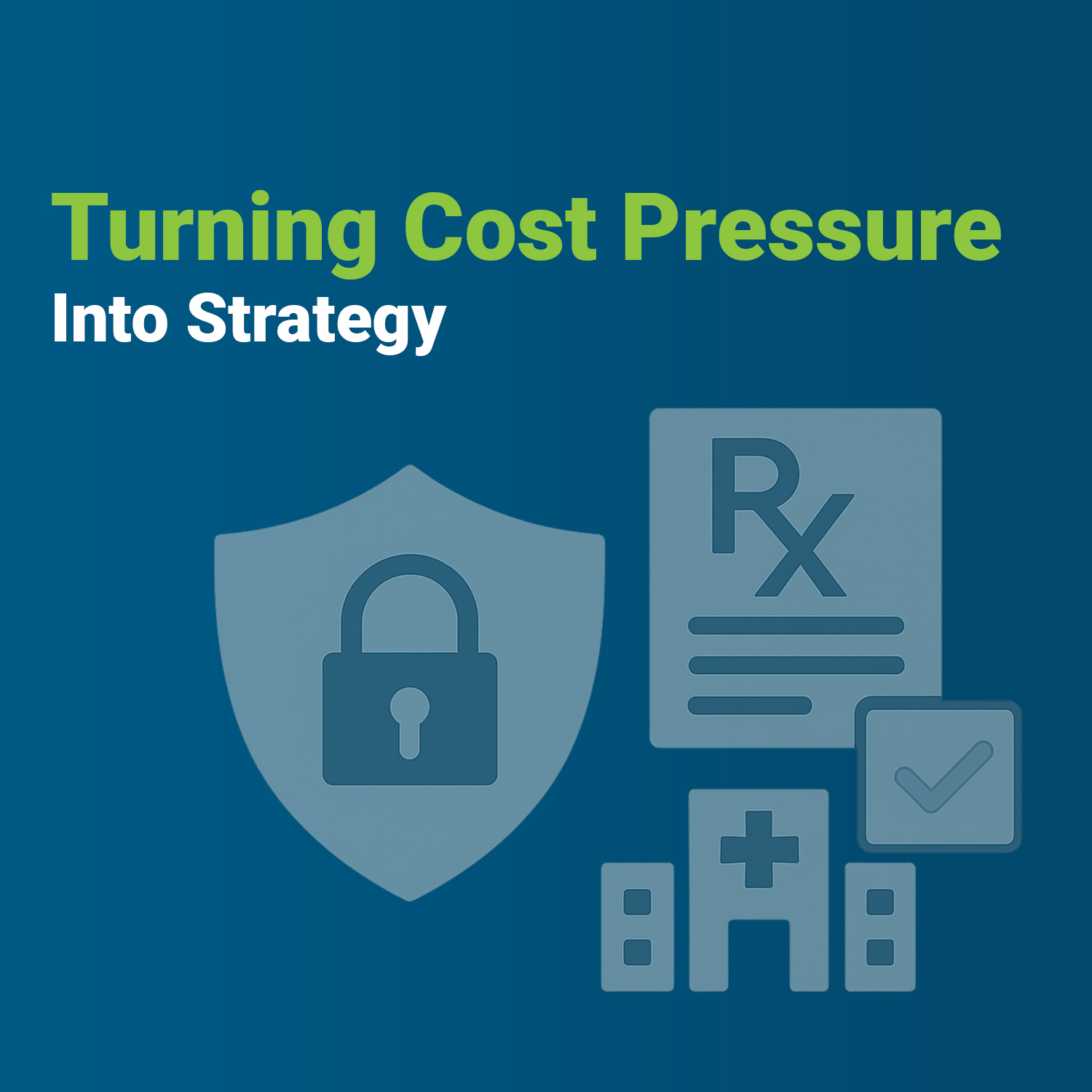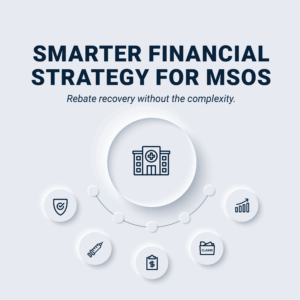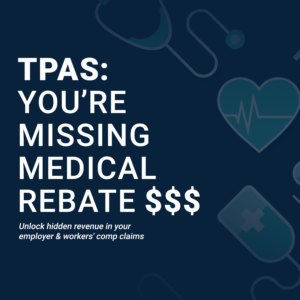By Lisa Quarterman
Chief Executive Officer, Managing Partner
VativoRx Pharmacy Benefit Management
Do PBMs help the patient or the employer? That’s a question we hear a lot.
As is the case with any contentious topic, the question of whether Pharmacy Benefit Managers exist for the benefit of the patient or the employer has many different answers circulating online, depending on the writer’s point of view.
At VativoRx, we prefer to think of it differently: How can our efforts increase access to medication while keeping costs to all at the lowest level possible? In this case, if a PBM is doing its job correctly, both sides win.
Healthcare costs continue to rise
Let’s look at cost. In recent decades, the cost of all medical care, including prescription drugs, has gone up. Costs for all healthcare in the U.S. from 2000 to 2028, as a percentage of GDP, are projected to double. As for prescription drugs, costs from 2014 to 2020 rose 33%.
There are many reasons for the sharply upward trend in healthcare cost, including research costs at pharmaceutical companies, higher underwriting costs at health insurance companies, increasing cost of malpractice insurance for medical professionals and inefficiency to name just a few. And all of that needs addressing if we are to continue to have access to high quality healthcare in the United States.
PBMs exist to lower costs
PBMs can and do work to address prescription drug costs through pricing efficiency, primarily through negotiating the best possible price for the most commonly prescribed medicines for the widest number of patients. These cost savings go both to the company — known as the plan sponsor — and their employees and their families, the insured.
PBMs stand with health insurance plans to negotiate the best possible costs from pharmaceutical companies and to maximize the efficiency of the distribution system. For example, many people today get their prescriptions in 90-day supplies, delivered by mail, a system that was less common as recently as the beginning of the 2000s.
Why is this? It’s simply more cost-efficient to deliver a longer supply directly to a customer than to make them take three separate trips to the pharmacy. This is just one example of how a PBM’s focus on cost-savings benefits health consumers and their health care sponsors.
And here’s why this is important: PBMs often negotiate these deals at a national level, winning the best price through volume and consistency of cost.
Well-meaning state laws can actually drive costs higher
In recent years, some states have responded to citizen complaints about increasing healthcare costs by writing specific regulations for PBMs operating in their states. But when this is handled state-by-state, the story can get murky. The rules in one state could be very different than the rules in the next state over. The result of these well-meaning laws, though, can backfire. Certainly everyone wants the lowest possible cost, but legislating exactly what that cost or percentage is at the state level has the effect of making it harder to negotiate the best price with pharmaceutical companies. And that can lead to higher costs for both the plan sponsor and the consumer.
That’s why the PBM industry group Pharmaceutical Care Management Association (PCMA) argued against the drip-drip-drip of state regulation before the U.S. Supreme Court.
“More than 266 million Americans rely on the prescription drug benefits PBMs administer, and now more than ever we’re committed to protecting accessible, affordable health care,” said PCMA President and CEO JC Scott.
The U. S. Chamber of Commerce concurred, writing, “by allowing individual states to chip away at these vital federal… protections, plan sponsors and employers would be faced with myriad conflicting state laws that would add far greater costs to employees’ health benefits and coverage. The result? Employees who work at multi-state companies would not have equal coverage or benefits relative to their colleagues—for example, some may pay more for their prescription drugs, face significant increases in their health insurance premiums or a reduction in benefits altogether because of state laws or local mandates.”
In short, if there are 50 local sets of rules, costs could rise. And that’s counter to what we believe as a pharmacy benefit management company.
In December 2021, the Supreme Court ruled in favor of state rulemaking. Meaning the PBM industry is now going to need to work even harder to control costs for consumers and the companies that sponsor their prescription benefit.
At VativoRx, along with the rest of the PBM industry, we’re working every day to make prescription drug benefits more affordable and more accessible, working around any obstacles that may be in the way.
Lisa Quarterman is the CEO, managing partner, and co-founder of VativoRx. Most recently, Lisa was named “Entrepreneur of the Year 2020” by Healthcare Tech Outlook Magazine. In the past year, she has also spoken in multiple exclusive interviews about her 20+ years of experience and the ever-growing success of VativoRx. Lisa and VativoRx have been highlighted in features such as: The CXO Fortune’s “10 Most Influential Companies of the Year 2020,” The CEO Views’ “50 Best Companies to Watch in 2020,” and Healthcare Tech Outlook Magazine’s “Top 10 Pharmacy Management Solution Providers 2020.”
Photo by Adan Carrillo on Unsplash






